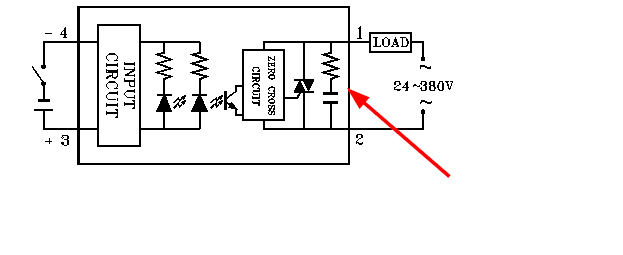There is typically a snubber across the thyristor in an SSR. The snubber consists of a resistor in series with a capacitor, with a total impedance that is the (vector) sum of the two. There are also leakage currents through the thyristor but they are negligible under normal conditions.
This is specified on the Omron datasheet as a "leakage" of 1.5mA at the Japanese standard voltage of 200VAC, so you can assume it to be 10% more at 220VAC. That is enough current to get your charger to attempt to come to life (and it often does similar things to LED lamps).

The Chinese SSR also shows a snubber, with even higher "leakage" current spec. The fact it doesn't do a similar thing may have more to do with Chinese cost-cutting vs. Japanese fastidiousness than what the designers intended. i.e. they may have substituted an alternistor (aka snubberless triac) for the triac and deliberately omitted the snubber. From the spec sheet it should be worse.
You can probably get the circuit to behave without the crude method of throwing away power by putting a somewhat bigger "snubber" in parallel with the load. Perhaps something like 100 ohms fusible resistor in series with a few uF (the capacitor should be rated for X operation).


